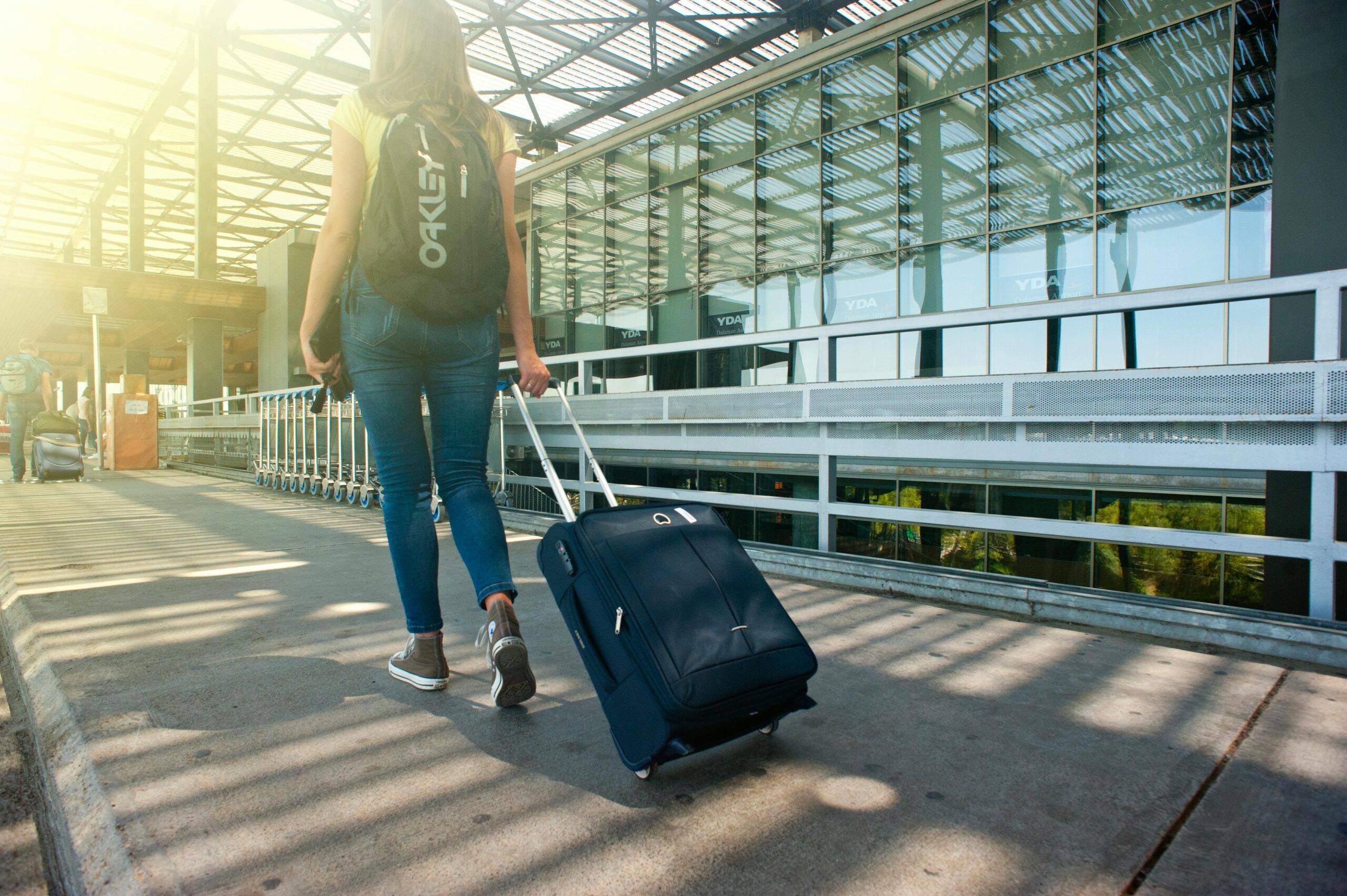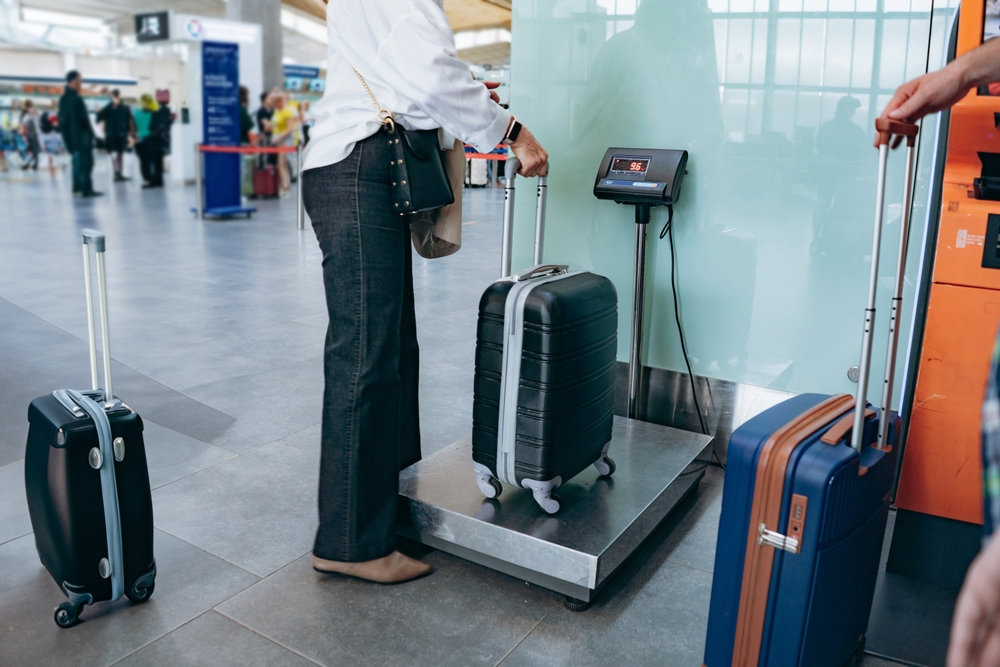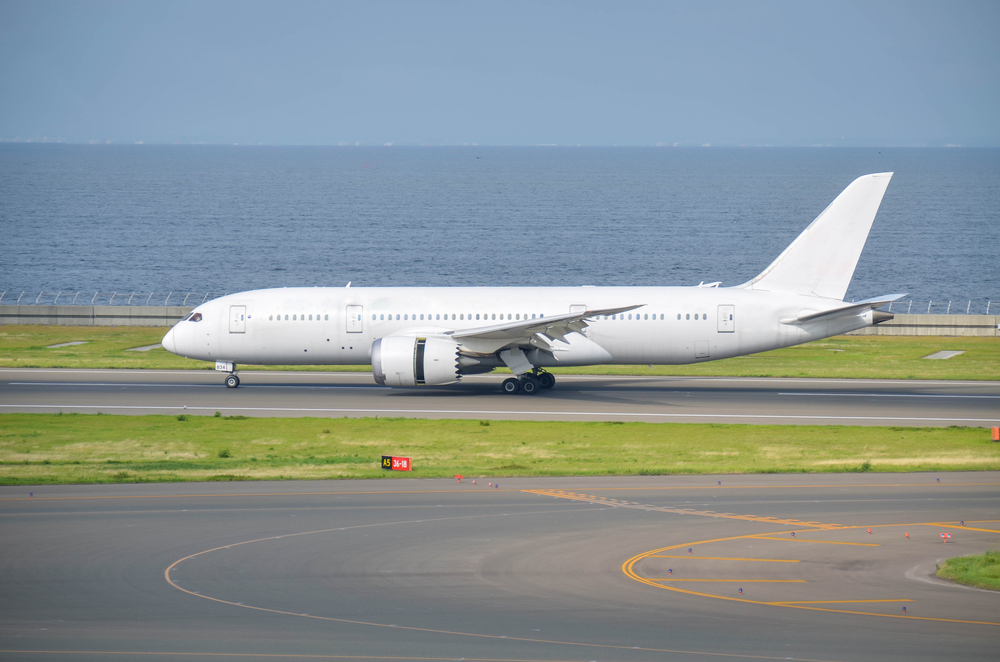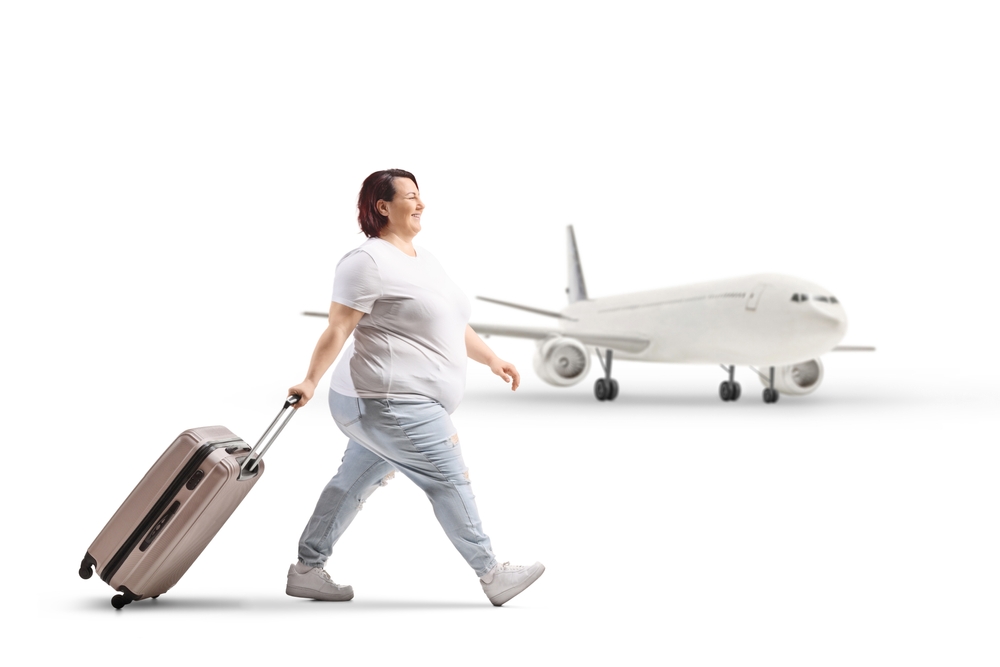Viral Influencer’s Airport Struggle Ignites Divided Opinions on Inclusivity

When plus-size travel influencer Jaelynn Chaney uploaded a TikTok describing how she got stuck inside a revolving door at Chicago O’Hare International Airport, she probably didn’t expect it to ignite one of the most heated online debates about body size and accessibility in recent memory. The 27-year-old, known for her advocacy for body equality in travel, shared that she felt “humiliated and dehumanized” after staff allegedly stood by while she struggled to free herself. Within hours, her video had spread across multiple social platforms, drawing millions of views and an avalanche of comments.
For some, Chaney’s experience served as a painful reminder of how public spaces still fail to accommodate all body types and mobility needs. To others, it was a story of misplaced outrage and unrealistic expectations. What began as a personal account of panic and claustrophobia soon evolved into a cultural flashpoint one that exposed how society continues to wrestle with questions of inclusion, empathy, and individual accountability in shared spaces like airports.
The Chicago O’Hare Incident
In her viral post, Chaney described a moment of confusion and distress. Though she typically walks independently, she chose to use a wheelchair that day due to the long distances and crowded corridors at O’Hare. Her route led her toward a revolving door the only accessible path, she claimed, to reach the baggage claim area. A button designed to slow the door for passengers with mobility devices malfunctioned, trapping her inside.
“We got stuck,” she said in her video. “I panicked instantly. I waved to the staff for help, but they just stared at me. Nobody stepped in.”

Chaney explained that she suffers from claustrophobia, and the situation quickly turned from an inconvenience into a moment of genuine fear. She accused nearby airport personnel of being “unresponsive and dehumanizing,” saying the experience left her shaken and underscored how much work remains to make travel inclusive for people of all sizes and abilities.
O’Hare International Airport has not released a formal statement about the incident. It remains unclear whether staff understood the urgency of her situation. Nonetheless, Chaney’s story tapped into a deep vein of frustration shared by travelers who often find public infrastructure built with limited body diversity in mind. Within a day, the TikTok had accumulated tens of thousands of comments, each adding fuel to the fire.
A Social Media Storm of Sympathy and Skepticism

Image Credits: Instagram @jaebaeproductions
The internet’s reaction was swift and polarized. Many viewers sympathized with Chaney’s ordeal, arguing that no one should feel trapped or ignored in a place as tightly monitored as an airport. “That sounds terrifying,” one commenter wrote. “Accessibility should be a priority, not an afterthought.” Others, however, were less forgiving. “Getting stuck in doors designed for humans should be a wake-up call,” another wrote, encapsulating the tone of a large segment of online critics.
Platforms like TikTok, X (formerly Twitter), and Instagram became battlegrounds for arguments about fairness, self-responsibility, and the limits of public empathy. Some accused Chaney of exaggeration and entitlement, while others pointed out that fat-shaming disguised as logic has long been used to silence legitimate accessibility concerns.
The split reaction reflects a broader trend in digital culture: the way viral activism often invites both compassion and cruelty. Chaney’s experience framed by some as discrimination, and by others as inconvenience exposed the difficulty of fostering productive dialogue in online spaces built for engagement over empathy. In the comments section, reason often gave way to ridicule, and the conversation about accessibility blurred into a referendum on personal choices.
The Pattern of Complaints and Activism

This wasn’t the first time Jaelynn Chaney had found herself in a viral storm over travel accessibility. Weeks before the O’Hare incident, she accused Seattle-Tacoma International Airport staff of refusing to push her wheelchair because of her size. According to Chaney, the employee allegedly walked away with the chair while making comments about her weight, forcing her to walk up one of the longest jet bridges she’d encountered. She claimed that by the time she reached her seat, her oxygen levels had dropped, and she nearly fainted.
In response, Chaney staged a protest at Sea-Tac holding signs that read “SeaTac Violates Our Rights” and “Wheelchair Access For All.” Her videos and captions described the experience as “blatant discrimination” and part of a broader pattern of systemic neglect toward plus-size travelers. Supporters praised her courage, while detractors accused her of misusing disability accommodations.
Her activism extends beyond airports. In 2023, Chaney launched a petition demanding that the Federal Aviation Administration (FAA) require airlines to offer free additional seats to plus-size passengers. The petition, which collected over 39,000 signatures, called for comprehensive policies on customer-of-size accommodations, including refunds for those who purchase extra seats independently. Critics said such measures would unfairly increase costs for other passengers. Chaney countered that inclusion often requires shared sacrifice, arguing that travel comfort should not be a luxury reserved for smaller bodies.
While her proposals remain controversial, they have undeniably forced a conversation about fairness, health, and logistics within the airline industry. Airlines face economic pressures to maximize capacity, which often leads to narrower seats and tighter spaces conditions that impact nearly all passengers, not just those with larger bodies.
Between Discrimination and Physical Limitations
Chaney’s allegations raise a complicated question: where does discrimination end and practical limitation begin? Wheelchair assistance, for instance, can require significant physical effort from airport staff, especially when navigating ramps or inclines. Some employees may be physically unable to push larger passengers without risking injury. Critics argue that labeling these scenarios as discrimination oversimplifies a more nuanced issue involving workplace safety and staffing shortages.
Supporters of Chaney’s advocacy counter that these explanations often mask systemic neglect. Airports, they argue, have an obligation to design processes and staffing models that account for the diversity of passengers they serve. Disability rights experts note that while U.S. law protects many forms of accessibility, weight is not a legally recognized category under the Americans with Disabilities Act (ADA). That leaves plus-size travelers in a gray area reliant on the goodwill of corporations rather than guaranteed protections.
The debate has spilled into the realm of public perception. Some view Chaney’s demands as necessary disruptions of an ableist status quo, while others interpret them as confrontations born from entitlement. Each viral incident widens the gap between these camps, turning what might have been policy discussions into ideological standoffs.
A Career Shaped by Controversy

For better or worse, controversy has become central to Jaelynn Chaney’s brand. With more than 140,000 TikTok followers, she has built her platform around documenting the challenges faced by plus-size travelers and advocating for systemic reform. Her critics, however, accuse her of inconsistency of switching between identifying as disabled and non-disabled depending on the context. Chaney has responded that her mobility issues are situational, rooted in a 2019 health scare that left her occasionally dependent on mobility aids.
Her activism has earned both admiration and hostility. When she called for hotels to widen hallways and bathroom spaces, detractors accused her of “wanting the world rebuilt around her.” Yet to her supporters, Chaney is giving voice to an underrepresented population navigating a travel industry optimized for smaller bodies. Whether her advocacy is seen as brave or brash depends largely on one’s perspective about where personal responsibility meets public obligation.
In recent months, rumors and speculation have also surrounded her offline life, including reports of legal trouble. While some online sources claimed she faced assault charges earlier this year, few verified details have emerged. The gossip reflects the larger phenomenon of internet fame where every misstep or allegation becomes part of a person’s permanent digital identity.
The Broader Cultural Context
Chaney’s story sits at the intersection of several modern conversations about body positivity, disability rights, social media activism, and digital accountability. The airline industry has, over decades, shrunk seat sizes from an average width of 18.5 inches to just 17 inches, even as obesity rates have risen worldwide. According to the World Obesity Federation, 38% of the global population is now overweight or obese. This physical mismatch between human bodies and commercial design fuels conflicts like Chaney’s.
Experts like Gabor Lukacs, a Canadian air passenger rights advocate, argue that charging larger passengers double fares constitutes a human rights issue. “Being a large-size person is not a choice,” he told CNN. “Through that lens, I don’t see any justification for charging these people a double fare.” Others, including airline representatives and travel analysts, counter that equitable access must also consider cost and logistics. Adding extra space means removing seats, which could drive up prices for everyone.
As with most polarizing issues, both sides have merit and both overlook key realities. Air travel operates on efficiency, but humans do not fit neatly into standardized designs. The question is whether inclusivity can evolve without collapsing under economic pressure. Chaney’s advocacy may be imperfect, but it highlights a truth few can deny: modern travel often prioritizes profit margins over passenger comfort.
The Internet’s Mirror Effect
The backlash Chaney endures online reflects a wider discomfort society has with visible vulnerability. Social media rewards extremes outrage, mockery, or blind support leaving little room for complexity. For every empathetic message calling for reform, there are dozens mocking her size or questioning her sincerity. The anonymity of online discourse allows cruelty to masquerade as critique.
This dynamic also reveals how public figures who embody marginalized experiences often become lightning rods for societal frustration. Chaney’s visibility draws disproportionate scrutiny, illustrating how activism in the digital era can blur into performance and how the public’s appetite for drama often eclipses the underlying message.
Ironically, the more she is mocked, the more visible her cause becomes. The algorithm rewards attention, not accuracy, turning even her harshest critics into unwitting amplifiers of her advocacy. In that sense, the internet is both her greatest stage and her most merciless arena.
Reflections on Accessibility and Empathy
Jaelynn Chaney’s revolving door incident might seem like a small episode in the endless churn of viral stories, but it exposes profound tensions in how we design, perceive, and navigate public spaces. It forces uncomfortable but necessary questions: Who are airports really built for? What counts as a reasonable accommodation? And how do we draw the line between empathy and obligation?
Whether one views Chaney as a courageous advocate or a controversial provocateur, her experiences invite a broader reflection on inclusion. Airports, airlines, and public institutions have a responsibility to anticipate the diversity of bodies they serve but travelers, too, have a role in understanding the limits of those systems. The conversation isn’t about one influencer’s TikTok; it’s about how society defines dignity and accessibility in a world still built on uniform assumptions.
In the end, Jaelynn Chaney’s story remains a mirror reflecting both the flaws of modern infrastructure and the biases of those who move through it. It’s a reminder that behind every viral video is a human being, and behind every debate about comfort and fairness lies the same question: how do we build a world where everyone can move freely, without getting stuck literally or metaphorically in the doors meant to welcome them.
Loading...

